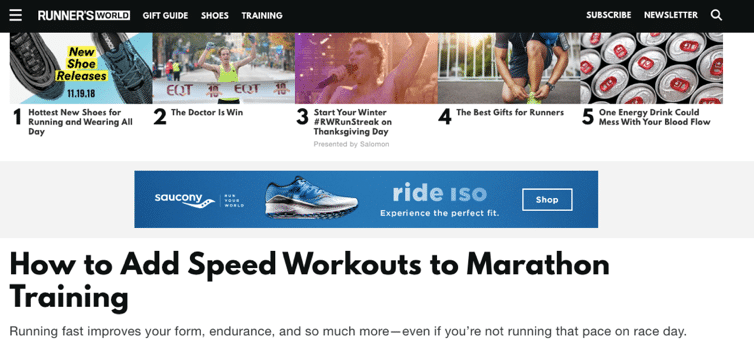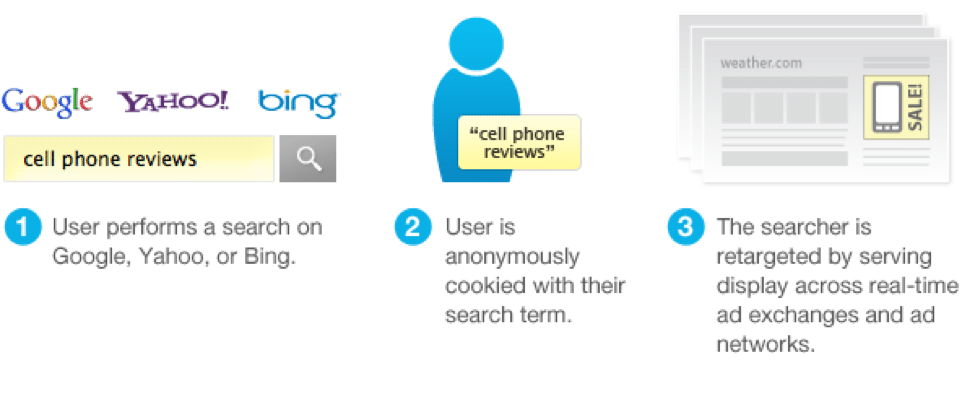- ICSSR Sponsored Ten Days Research Methodology Course for Women Research Scholars in Social Sciences Organised by Department of Studies and Research in Library and Information Science and Karnataka State Open University Library
- A Two Week ICSSR Sponsored Capacity Building Program for the Young Social Sciences Faculty on Entrepreneurship and Startups by INSTITUTE OF PUBLIC ENTERPRISE
- Agricultural Sciences Research Grants worth 50Lac
- Free ICSSR Sponsored Two-week Capacity Building Program (CBP) on Research Methodology and Quality Publications for Young Faculty Members in Social Science
- 10-Day ICSSR-Sponsored Research Methodology Course for Social Science Scholars at SPIERS, Ahmedabad (15-24 April 2025)
Digital Marketing Course
Linking, and Audience engagement via content
Your marketing budget for localizing your website will expand according to how many countries you want to target and the number of different languages involved. However, if you are just starting out in international marketing, you don’t need to contemplate a large localization project involving, let’s say, a dozen different languages. It’s best to start small, go slowly, and identify your prospective customer base in just one, or only two or three countries. Therefore, your first step should be to determine in which country or countries your product or service will likely be most successful, and start there. Here are some tips to help you identify your best international target market.
Different Types of Targeting
1. Behavioral Targeting (aka audience targeting)
Behavioral targeting is the practice of segmenting customers based on web browsing behavior, including things like pages visited, searches performed, links clicked, and products purchased. If you add mobile and physical store data into the mix, that can also include things like location, and in-store purchases. Visitors with similar behaviors are then grouped into defined audience segments, allowing advertisers to target them with specific, relevant ads and content based on their browsing and purchase history. An oft cited example of behavioral targeting is retargeting ads.

2. Contextual Targeting
Contextual targeting involves displaying ads based on a website’s content. Think: placing an ad for dishware on a recipe site, or an ad for running shoes on a running forum. It’s kind of like the digital version of placing a print ad in a niche magazine. Contextual targeting works based on the assumption that someone reading a page about running is likely to also be interested in your ad for sneakers.

3. Search Retargeting
Search retargeting is when you serve display ads to users as they browse the web based on their keyword search behavior. Campaigns are set up with keywords that you choose and that are relevant to your business or products. For example, if you are a furniture retailer, you might want to serve display ads to users who have searched for “leather couch”, or “leather sectional”. This kind of advertising is successful because it uses intent to connect with shoppers. The shopper may or may not know about you, but they are showing interest in a product or solution that you offer. Think of this as an upper funnel, prospecting strategy.

4. Site Retargeting
Site retargeting, also known as just “retargeting”, involves showing display ads to users who visited your site and then left without completing a purchase to browse elsewhere. It differs from search retargeting in two important ways: it is not keyword based, and it is targeting people who are already familiar with your brand, or who at least have visited your site once and showed interest in your offerings. Because of this brand recognition, the ROI of site retargeting is often extremely high. Think of this as a lower funnel, conversion focused strategy.

5. Predictive Targeting
Predictive targeting uses all of the web browsing data from behavioral targeting, layers in 3rd party data (if available), and applies powerful AI and machine learning to analyze the data and predict future buying patterns based on past behaviors. The AI that powers predictive targeting can make connections between behaviors, identify similar and related products for upselling and cross-selling, and zero in on the shoppers most likely to convert at any given time—all in an instant. And the more data it analyzes, the more it learns and the better its models become.
